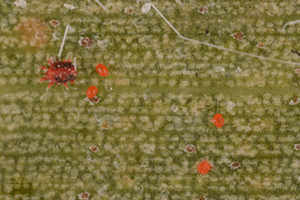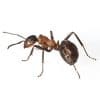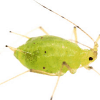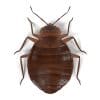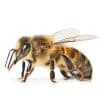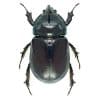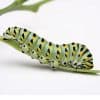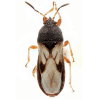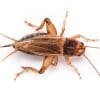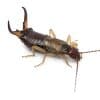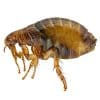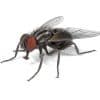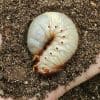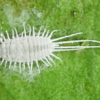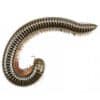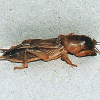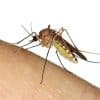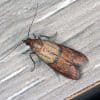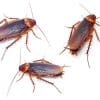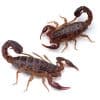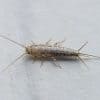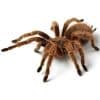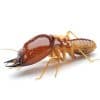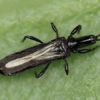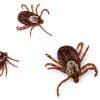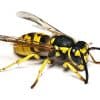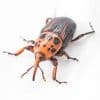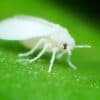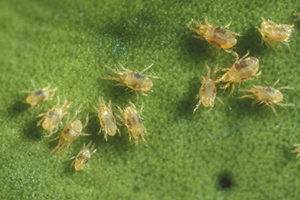
Spider Mites
Spider mites are pests that can normally be found on common household plants. They like indoor plants and outdoor plants. Just like their name implies, they are a type of arachnid or spider. They are extremely small and can often be difficult to see with the human eye. Some reports state they are as small as a grain of pepper. Even though they are tiny, the spider mite can become a huge problem.
Spider mites are tasty foods for beetles and other insects. However, a big problem is that homeowners use insecticides on the plants on the backyard, which kill the natural predators to the mite. Therefore, the mite is left to thrive.
Spider mites like to live on the underside of the leaves of plants. They feed on the plant and can cause serious injury to the green leaves that double as their home. Sometimes the first sign that a homeowner has a spider mite problem is the damaged leaf. The leaves will look speckled or spotted, which is the actual area that has the damage. Too many spider mites can kill an otherwise healthy plant.
Another sign of infestation are the spider mite webs. These webs don’t have the traditional octagonal web shape that many arachnids produce. The spider mite webs can envelop the leaves and stems, which also help to provide some type of protection for the mites.
If you are unsure if you have spider mites, get a piece of white paper and hold under the leaf of a plant you suspect may be infected. Shake the branch or leaf and see what falls off. If you see little colored spots on the white sheet of paper, you may have a mite infestation.
These micro-sized insects start as eggs that were laid on the back of a leaf, usually near the vein. Once the mites hatch from the eggs, the remnants of the egg remain on the leaves and can be useful when trying to determine what type of bug is on your plant.
The mites mature within a relatively small cycle of a less than two weeks. A mature female mite can produce eggs on a daily basis, sometimes up to a few dozen at a time. Given that a mature adult female can produce a million mite eggs in her lifetime, it’s easy to see how the mites can take over a plant.
Mites thrive in dry, arid conditions like screened in lanais & patios in our SW Florida homes. For this reason, keeping the backyard and plants well watered may help to control the population.
Spider mites can easily become resistant to insecticides and may require treatment over multiple days in order to fully eradicate the pests. Call Well’s Termite & Pest Control today for a free estimate for controlling spider mites.
We can help!
Get a free estimate and find out how we can solve your pest problems.
